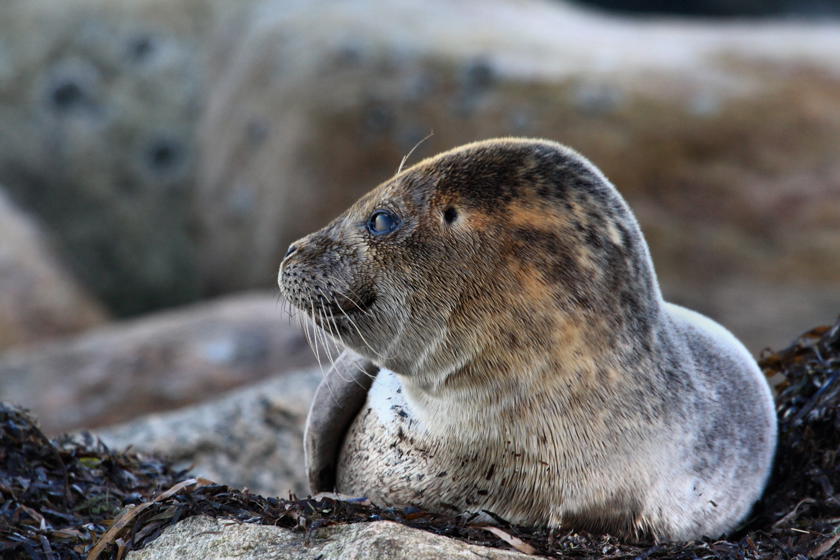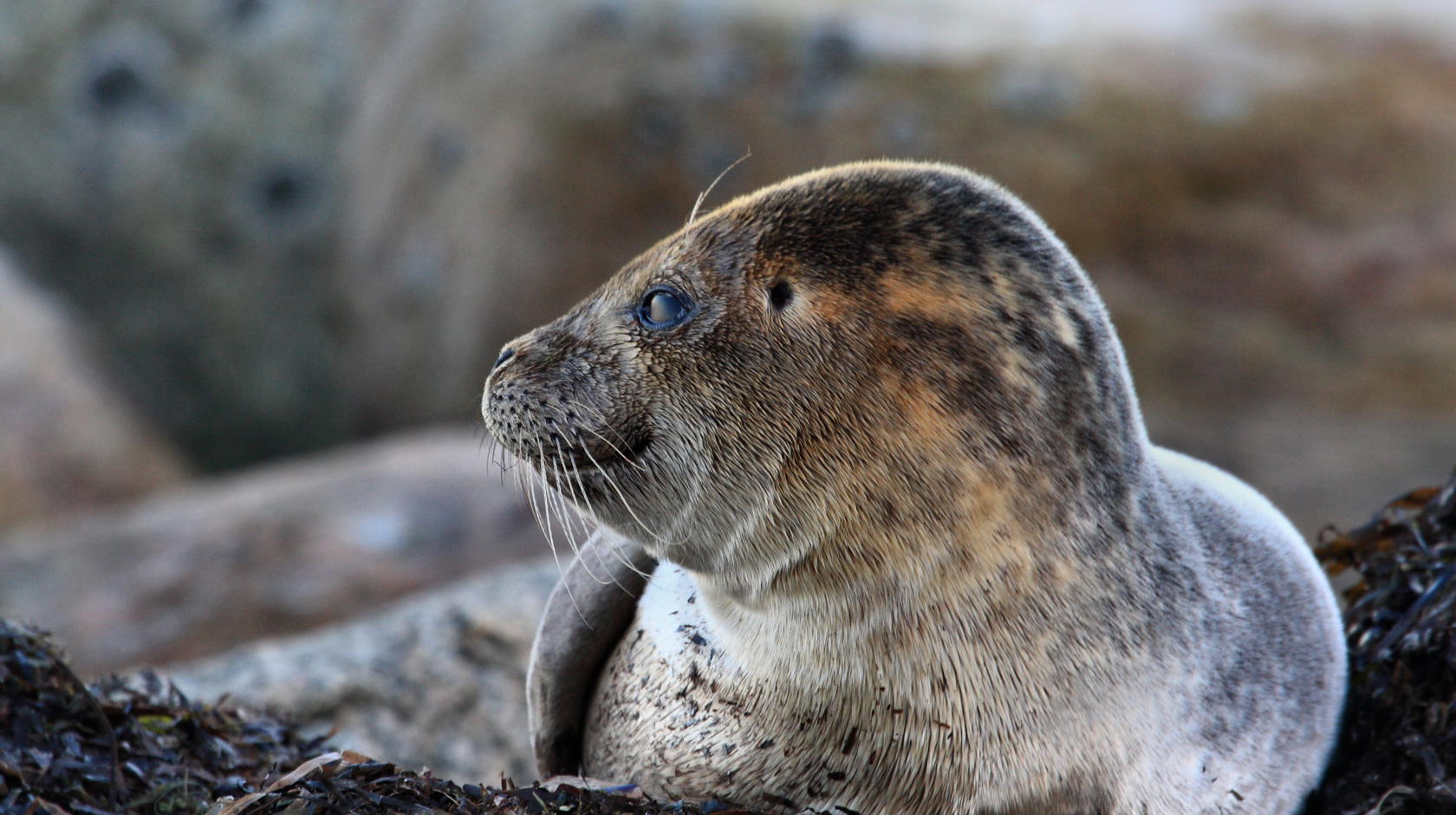Researchers are currently navigating the waters close to the coast at Rødbyhavn to collect water samples. These samples harbour genetic traces, known as eDNA, from numerous species and are now being analysed.
While the method for analysing DNA traces in seawater is still evolving, it has enormous potential. It promises to offer a better understanding of marine life just metres below the surface along the shores.
Ole Brodnicke, marine biologist at DHI and expert in the hunt for life beneath the ocean's surface, says, ‘The advantage of the eDNA method is that from a single cup of seawater, we can accurately identify the species inhabiting the area. These could range from birds and fish to crustaceans and molluscs, including species that are elusive and rarely observed. Moreover, we don't require a full team of marine biologists or ornithologists to identify the species.’
He relies on an open, international research database containing DNA profiles of the majority of known marine species. However, precision is paramount during both sample collection and the subsequent analysis of the DNA mix extracted from the samples.
‘The method of sample collection is crucial. We can't simply gather water from the surface, as it contains DNA traces from seagulls and various other species that may not necessarily reflect life deeper down. We collect samples closer to the seabed, yielding precise local results’, states Ole Brodnicke.
The research team focuses primarily on various fish species and common eider ducks in the project. However, they also study mussels, worms and crustaceans, which serve as food sources for larger animals and thus provide insights into the development of the coastal marine environment.
Over an extended period, DHI will collect and analyse water samples to identify the development among the species and diversity in the project area. This is particularly intriguing as the tunnel construction work has repurposed excavated materials from the tunnel trench for significant land reclamation. Approximately 7 km of coastline has been shifted about 500 m further into the sea, with new stone barriers erected.
In other words, it's a major human-altered coastal area, where nature is essentially starting from scratch.
‘The fascinating question is how quickly nature can establish itself in an entirely human-made environment. But we also want to understand the sequence in which organisms and species appear and replace each other over time until we have a robust environment along the coast’, explains Ole Brodnicke, drawing parallels with ecosystems on land where bare land gradually evolves into scrubland, then woodland with biodiversity also transitioning along the way.
At Sund & Bælt, anticipation is high for the results of the eDNA project in Lolland, where DHI's research will offer insights crucial for the planning of future coastal infrastructure projects. These could include projects like the proposed Eastern Ring Road, a tunnel east of Copenhagen from Nordhavn to Amager.
‘As the developer, we see immense potential in eDNA and the findings from the Fehmarnbelt tunnel project. Understanding the natural progression of an ecosystem in a human-made area can guide us to build in harmony with nature from the onset. This aligns with our experiences from previous large-scale projects such as the Great Belt Bridge and the Øresund Link, and it's also what we anticipate the eDNA project will demonstrate’, says Lars Hansen, project coordinator in Sund & Bælt's environmental department.

